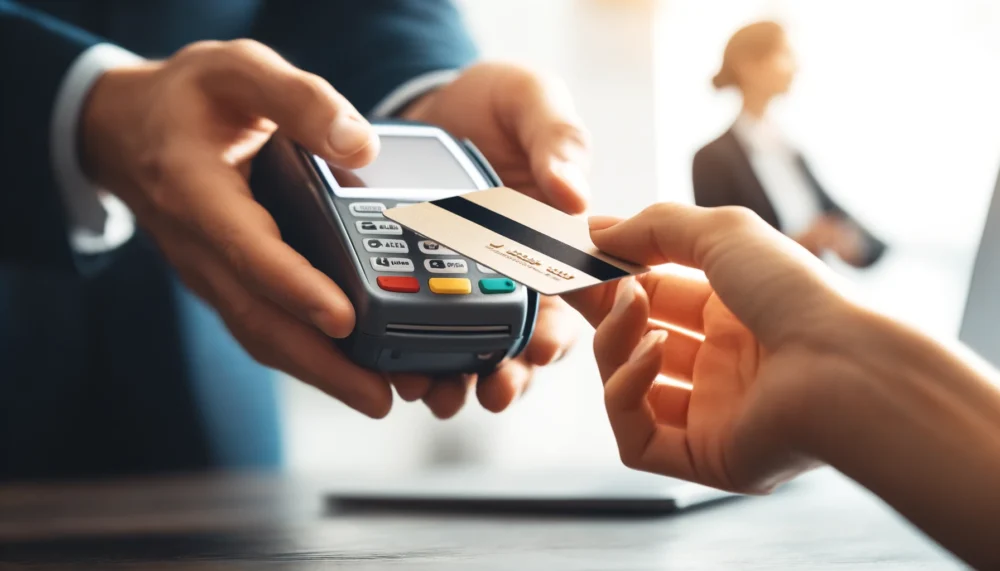In today’s fast-paced, digital world, credit cards have become an indispensable financial tool for millions of people. These small pieces of plastic offer convenience, security, and a range of benefits that make them attractive to consumers. But have you ever wondered how credit cards work? What happens behind the scenes when you swipe your credit card? In this blog post, we’ll demystify the inner workings of credit cards and explore how they facilitate seamless transactions.
The Anatomy of a Credit Card
Before diving into the mechanics of credit card transactions and understanding how credit cards work, let’s take a closer look at the card itself. A typical credit card contains several key components:
- Card Number: The unique 16-digit number that identifies your credit card account.
- Cardholder Name: Your name, as it appears on the card.
- Expiration Date: The month and year when your card expires.
- Security Code: The three- or four-digit number on the back of your card, used for verification during online or phone transactions.
- Magnetic Stripe and EMV Chip: These store your card information and enable secure transactions.
The Credit Card Transaction Process
When you use your credit card to make a purchase, a series of steps take place to ensure a smooth and secure transaction. This is technical part of how credit cards work:
- Authorisation: The merchant sends a request to your credit card issuer to verify that you have sufficient credit available for the purchase. The issuer checks your account and approves or declines the transaction.
- Posting: Once approved, the purchase amount is added to your outstanding balance. This is known as “posting” the transaction to your account.
- Billing Cycle: Credit card transactions are grouped into billing cycles, typically lasting around 30 days. At the end of each cycle, you’ll receive a statement detailing your transactions, outstanding balance, minimum payment due, and due date.
- Repayment: You have the option to pay your balance in full by the due date to avoid interest charges. If you can’t pay the full amount, you can make a minimum payment, but interest will accrue on the remaining balance.
Also read: How to Compare Credit Cards
Understanding Credit Limits and Interest
When you open a credit card account, the issuer assigns you a credit limit based on factors like your credit history, income, and other financial obligations. This limit represents the maximum amount you can borrow using the card.
It’s crucial to understand the interest rates associated with your credit card. Most cards have an Annual Percentage Rate (APR) that applies to balances carried beyond the payment due date. Other fees may include late payment charges, over-limit fees, and cash advance fees.
Building Credit History
One of the most significant advantages of using a credit card responsibly is its impact on your credit score. Your credit score is a numerical representation of your creditworthiness, and it plays a vital role in determining your eligibility for loans, mortgages, and other financial products.
Every time you make a purchase with your credit card and pay your bill on time, you demonstrate responsible credit behaviour. Consistently doing so can help you build a strong credit score over time, opening doors to better financial opportunities in the future.
Conclusion
Credit cards are powerful financial tools that simplify our lives and offer a range of benefits. By understanding how credit cards work, from the transaction process to credit limits and interest rates, you can make informed decisions about your spending and credit management.
Remember, responsible credit card use is key to building a strong credit history and avoiding debt. Always pay your bills on time, keep your credit utilisation low, and monitor your spending closely. With these tips in mind, you can harness the power of credit cards while avoiding debt traps.







